1. Pure sine wave output;
2. High efficiency toroidal transformer lower loss ;
3. Intelligent LCD integration display;
4. AC charge current 0-20A adjustable; battery capacity configuration more flexible;
5. Three types working modes adjustable:AC first, DC first, energy-saving mode;
6. Frequency adaptive function, adapt to different grid environments;
7. Built-in PWM or MPPT controller optional;
8. Added fault code query function,facilitate user to monitor the operation state in real time;
9. Supports diesel or gasoline generator, adapt any tough electricity situation;
10. RS485 communication port/APP optional.
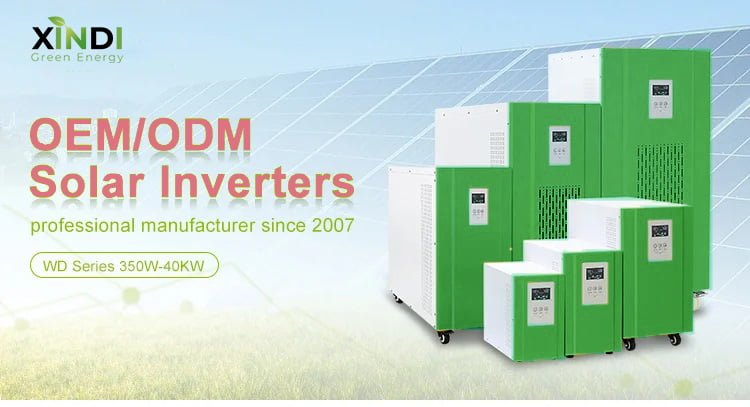
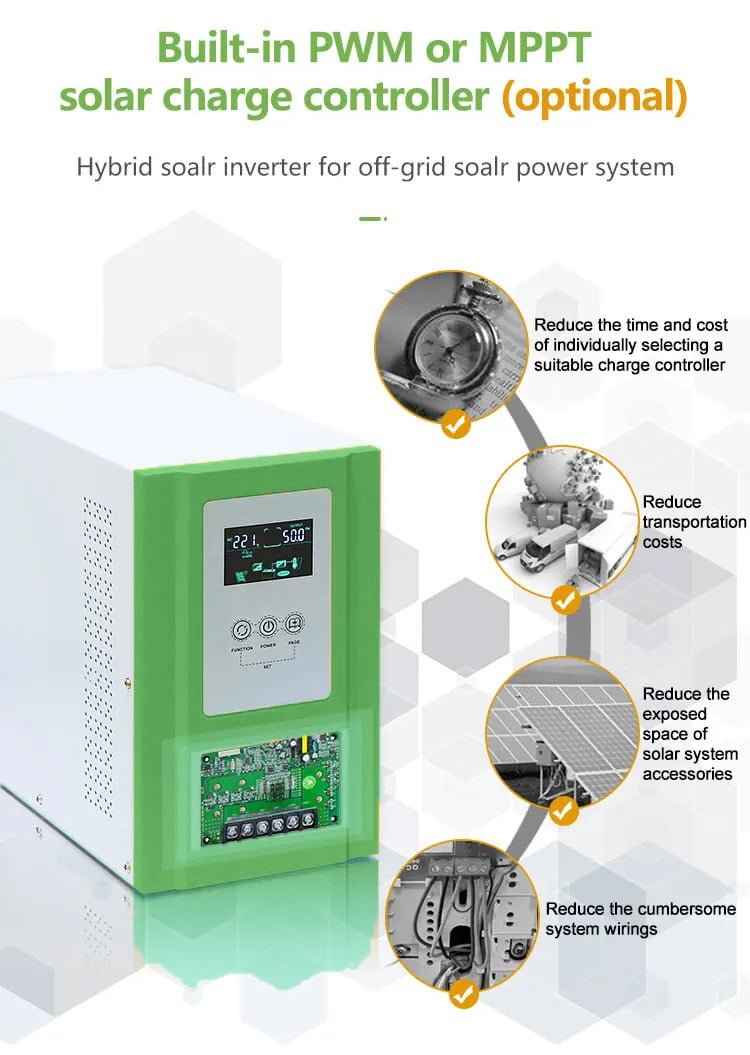
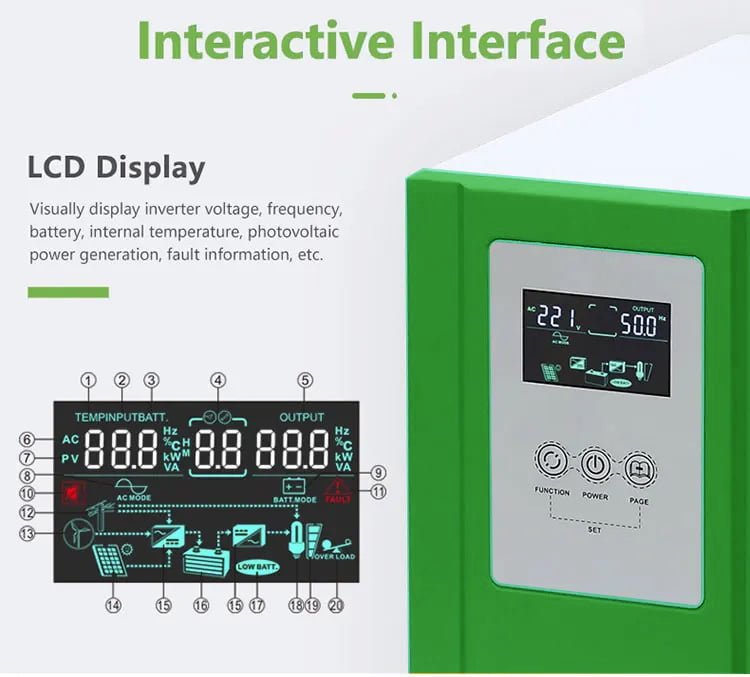
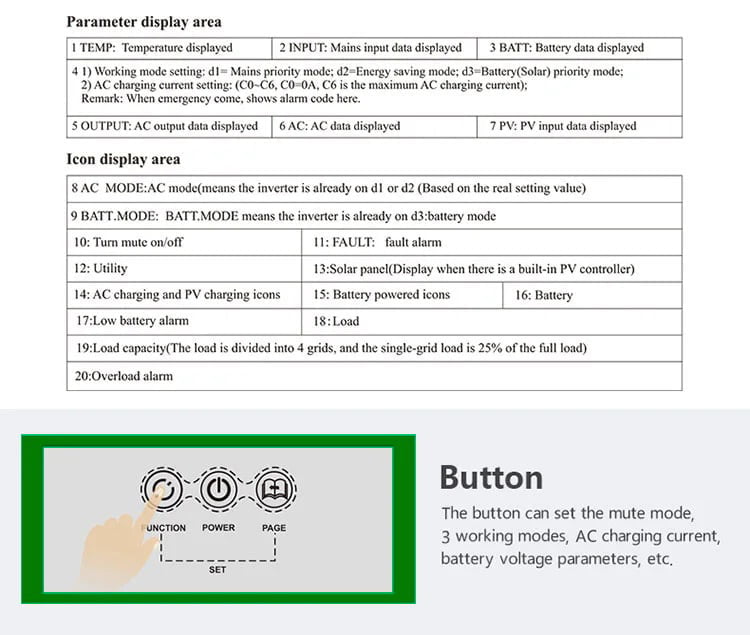
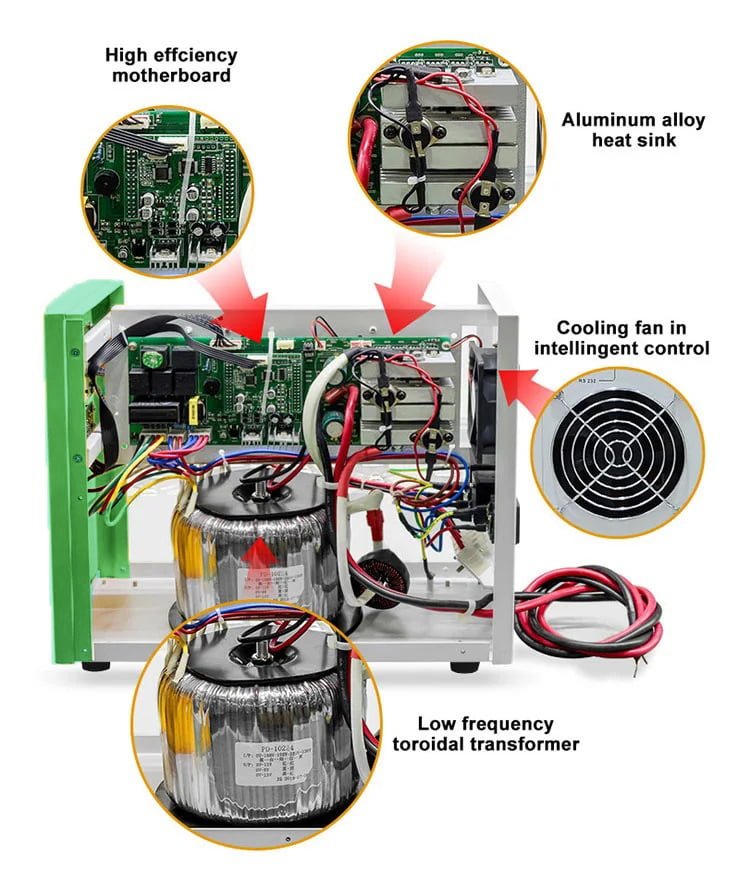


| spécification | ||||
| Model WD/WD-T | 70112/24 (701) | 10212/24 (102) | 15224/48 (152) | |
| Puissance nominale | 700W | 1000W | 1500W | |
| Peak Power(20ms) | 2100VA | 3000VA | 4500VA | |
| Démarrer le moteur | 0.5HP | 1HP | 1.5HP | |
| Voltage de batterie | 12/24 VCC | 12/24 VCC | 24/48 Vcc | |
| Taille (L*W*Hmm) | 340x165x283 | |||
| Taille d'emballage (L*W*Hmm) | 405x230x340(1pc) / 475x415x350(2pc) | |||
| NO(kg) | 9.5(1pc) | 10.5(1pc) | 11.5(1pc) | |
| GW(kg) | 11(1pc) | 12(1pc) | 13(1pc) | |
| Méthode d'installation | La tour | |||
| Saisir | Plage de tension d'entrée CC | 10.5-15VDC(Single battery voltage) | ||
| Plage de tension d'entrée CA | 73VAC~138VAC(110VAC) / 83VAC~148VAC(120VAC) / 145VAC~275VAC(220VAC) / 155VAC~285VAC(230VAC) / 165VAC~295VAC( 240VAC) | |||
| Plage de fréquence d'entrée CA | 45Hz~55Hz(50Hz)/ 55Hz~65Hz(60Hz) | |||
| Courant de charge AC maximum | 0A~20A(Depending on the model,The maximum charging power is 1/4 of the rated power) | |||
| Méthode de charge AC | Trois étages (courant constant, tension constante, charge flottante) | |||
| Sortir | Efficacité (mode batterie) | ≥85% | ||
| Tension de sortie (mode batterie) | 110VAC±2% / 120VAC±2% / 220VAC±2% / 230VAC±2% / 240VAC±2% | |||
| Fréquence de sortie (mode batterie) | 50Hz±0.5 ou 60Hz±0.5 | |||
| Onde de sortie (mode batterie) | Onde sinusoïdale pure | |||
| Efficacité (mode CA) | >99% | |||
| Tension de sortie (mode ca) | 110VAC±10% / 120VAC±10% / 220VAC±10% / 230VAC±10% / 240VAC±10% | |||
| Fréquence de sortie (mode AC) | Suivre l'entrée | |||
| Distorsion de la forme d'onde de sortie (mode batterie) | ≤3% (charge linéaire) | |||
| Aucune perte de charge (mode batterie) | ≤1% puissance nominale | |||
| Aucune perte de charge (mode AC) | ≤2% rated power( charger does not work in AC mode) | |||
| No load loss (Energy saving Mode) | ≤10W | |||
| Type de batterie (selectable) | Batterie VRLA | Charge Voltage :14.2V; Float Voltage:13.8V(Single battery voltage) | ||
| Personnaliser la batterie | Les paramètres de charge et de décharge de différents types de batteries peuvent être personnalisés en fonction des besoins de l'utilisateur (les paramètres de charge et de décharge de différents types de batteries peuvent être réglés via le panneau de commande) | |||
| protection | Alarme de sous-tension de la batterie | Factory default: 11V(Single battery voltage) | ||
| Protection contre les sous-tensions de la batterie | Par défaut : 10,5 V (tension de batterie unique) | |||
| Alarme de surtension de batterie | Factory default: 15V(Single battery voltage) | |||
| Protection contre les surtensions de la batterie | Par défaut : 17 V (tension de batterie unique) | |||
| Tension de récupération de surtension de batterie | Factory default: 14.5V(Single battery voltage) | |||
| Protection contre les surcharges | Protection automatique (mode batterie), disjoncteur ou assurance (mode AC) | |||
| Protection contre les courts-circuits de sortie de l'onduleur | Protection automatique (mode batterie), disjoncteur ou assurance (mode AC) | |||
| Protection contre la température | >90 °C (arrêt de la sortie) | |||
| Alarme | UN | Condition de travail normale, le buzzer n'a pas de son d'alarme | ||
| B | Le buzzer sonne 4 fois par seconde en cas de panne de batterie, d'anomalie de tension, de protection contre les surcharges | |||
| C | Lorsque la machine est allumée pour la première fois, le buzzer indiquera 5 lorsque la machine est normale | |||
| À l'intérieur du contrôleur solaire (Facultatif) | Mode de charge | PWM or MPPT | ||
| charging current | 10A~60A | |||
| Plage de tension d'entrée PV | PWM: 15V-44V(12V system); 30V-44V(24V system); 60V-88V(48V system) MPPT: 15V-120V(12V system); 30V-120V(24V system); 60V-120V(48V system) | |||
| Tension d'entrée PV maximale (Voc) (A la température la plus basse) | PWM: 50V(12V/24V system); 100V(48V system) / MPPT: 150V(12V/24V/48V system) | |||
| Puissance maximale du générateur photovoltaïque | 12V system: 140W(10A)/280W(20A)/420W(30A)/560W(40A)/700W(50A)/840W(60A); 24V system: 280W(10A)/560W(20A)/840W(30A)/1120W(40A)/1400W(50A)/1680W(60A); 48V system: 560W(10A)/1120W(20A)/1680W(30A)/2240W(40A)/2800W(50A)/3360W(60A) | |||
| Perte de veille | ≤3W | |||
| Efficacité de conversion maximale | >95% | |||
| Mode de fonctionnement | Batterie d'abord/AC d'abord/Mode d'économie d'énergie | |||
| Temps de transfert | ≤4ms | |||
| Afficher | LCD | |||
| Méthode thermique | Ventilateur de refroidissement en contrôle intelligent | |||
| Communications (facultatif) | RS485/APP (surveillance WIFI ou surveillance GPRS) | |||
WD series power is from 700w~40kw If you want to get more information, Please contact us | ||||
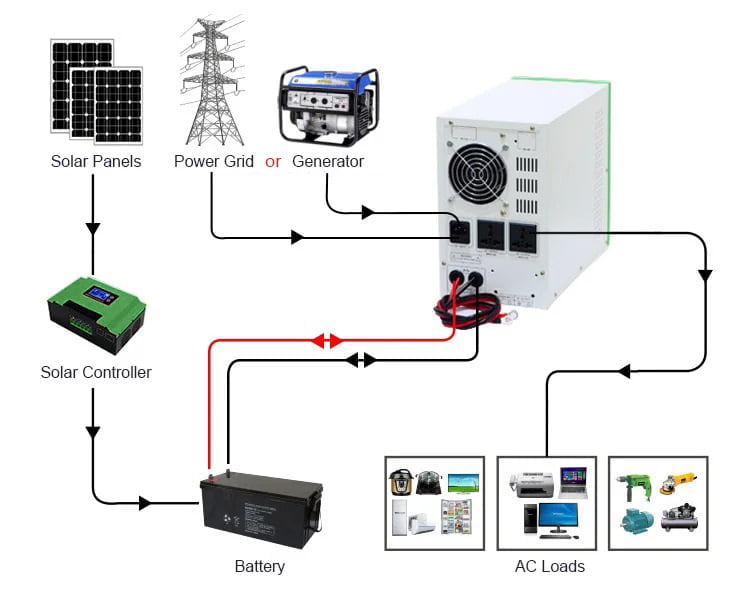
1. Battery number and capacity should be configured according to the rated voltage of the solar power system or inverter;
2. We offer 3 optional working modes:
01 Grid priority mode: When the grid and battery are connected to the inverter, grid will supply power to the loads directly after voltage being stabilized and charge batteries via inverter. When the grid is cut off, the battery will automatically continue to supply power via inverter.
02 Energy saving mode: If the power of the connected AC loads is lower than 5% of the inverter’s rated power, there will be no output from the inverter. Only the chip of inverter is working. The power consumption of the inverter is only 1~6W. The LCD shows the output voltage 0. If the power of the connected loads is over 5%, within 5S the inverter will automatically convert DC to AC to supply power for the loads . The LCD shows the output voltage.
03 Battery priority mode: When the grid and battery are connected to the inverter, battery will supply power to the loads first. When battery capacity is not enough, the grid will continue to supply power automatically.
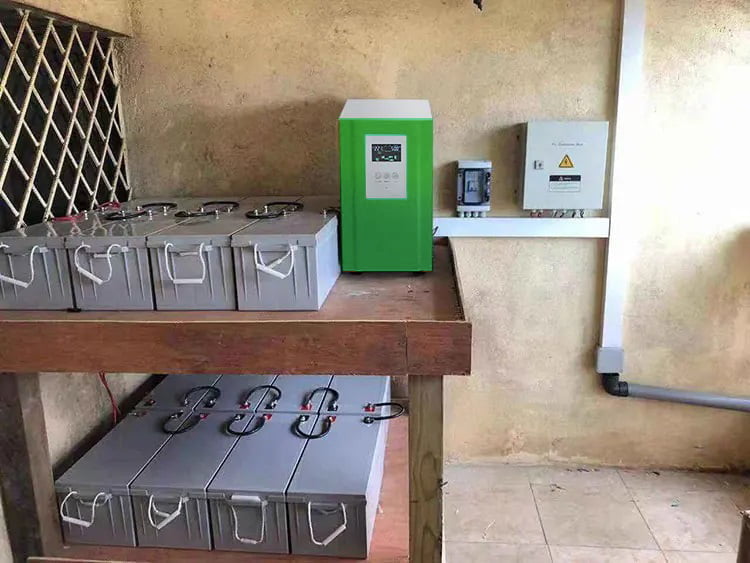
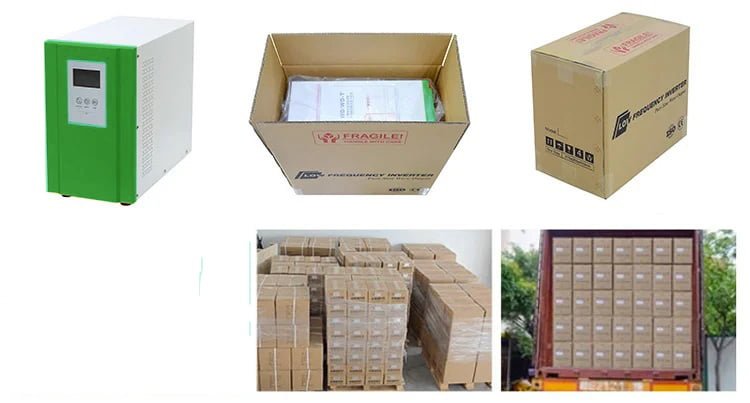
Emballer
Boîte en carton pour l'emballage, ou boîte en bois conseillée pour les échantillons afin de les protéger pendant le transport.
Expédition
1. Fedex/ DHL/ TNT/ UPS pour les échantillons, porte-à-porte.
2. Par avion ou par mer pour les marchandises en lots, pour les CFL, réception aéroport/port.
3. Les clients spécifiant des transitaires ou des méthodes d’expédition négociables.
4. Délai de livraison : 7 jours pour les échantillons ; 10 à 25 jours pour les marchandises en lots.

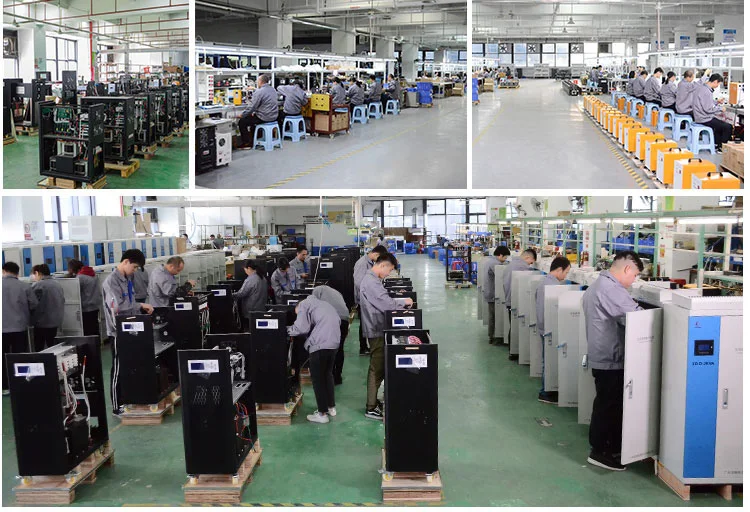
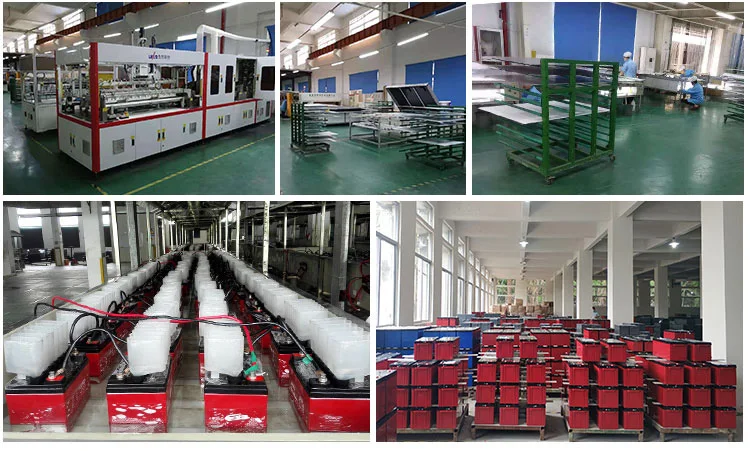

A: Are your inverters pure sine wave output?
Q: A Yes, All are true pure sine wave.
A: What kind of output you can do?
Q: Normally we produce inverter with 110V 115V 120V 220V 230V 240V, 50/60Hz self-adaption. If you have special requirements, please tell us for engineer consulting.
A: What’ s the difference between low frequency and high frequency inverter?
Q: Low frequency inverter has various protections, strong ability to adapt to the environment. more reliable, with voltage regulation.
A: What’s the difference between pure sine wave inverter and modified sine wave inverter?
Q: Pure sine wave output inverter is just as good as the Public power grid. Even better. Low repaired rate, long lifespan, Without harmonic pollution, enviromental-friendly and appliances protected.
La sortie d'onde sinusoïdale modifiée a un impact négatif sur les appareils et ne peut pas charger de charge inductive, comme la climatisation, le réfrigérateur, etc. Certains circuits de commande de moteur n'aiment pas l'onde modifiée.
A: What appliances your inverters can load?
Q: Our inverter can be used in household, Office, agricultural appliances and other inductive load such as refrigerator, air conditioner, water pump, etc.
A: Can you print our company logo on inverters, nameplates and packaging?
Q: Yes, we accept OEM orders.
A: How to choose a right inverter?
Q: Tell us your demand, then our sales will recommend a suitable inverter to you.
A: How to solve the technical problem?
Q: 24 hours after-service consultancy just for you and to make your problem to solveeasily.
A: Do I Need A Power Inverter?
Q: Actually, no. This is the only component of a solar energy system that is not absolutely required. However, if you don’t use one, you will not have 220 or 230 volts AC and will have use battery power alone. This might be acceptable in a small RV or cabin, but most people want to use normal AC appliances.
A: What’s The Difference Between 12, 24, And 48 Volt Inverters?
Q: This refers to the input voltage from the battery bank. The main consideration is that at higher voltages the current is less so that you can use smaller wires between your solar panel array and your battery bank. Of course, when you decide on a system voltage, the Solar Panels, Inverter, and Battery Bank all need to use the same voltage.
A: What to do if the product is broken?
Q: If any product is faulty, you can send the picture or video to us, we sill study it and supply the spare parts of PCB board free for after sale service.



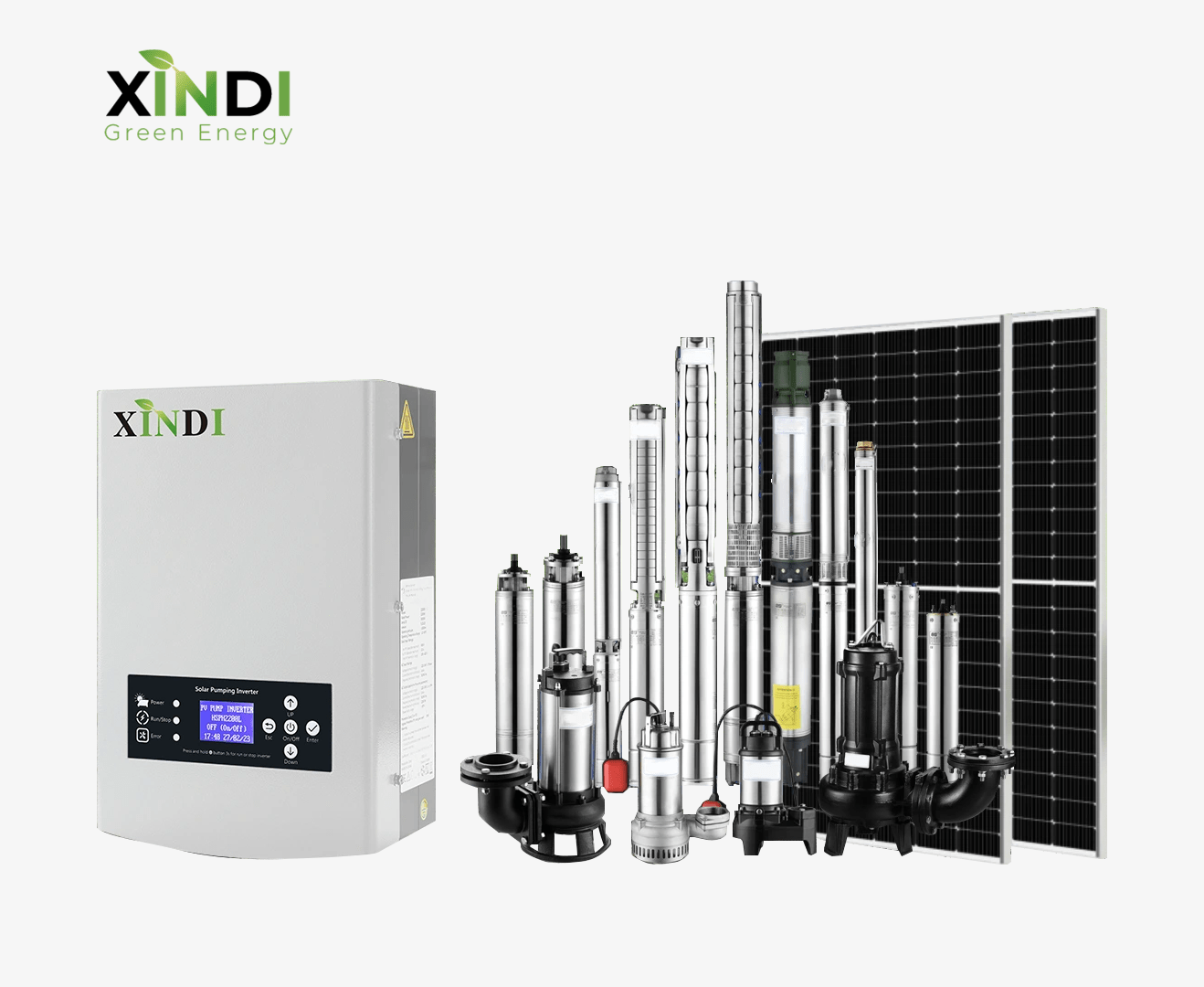
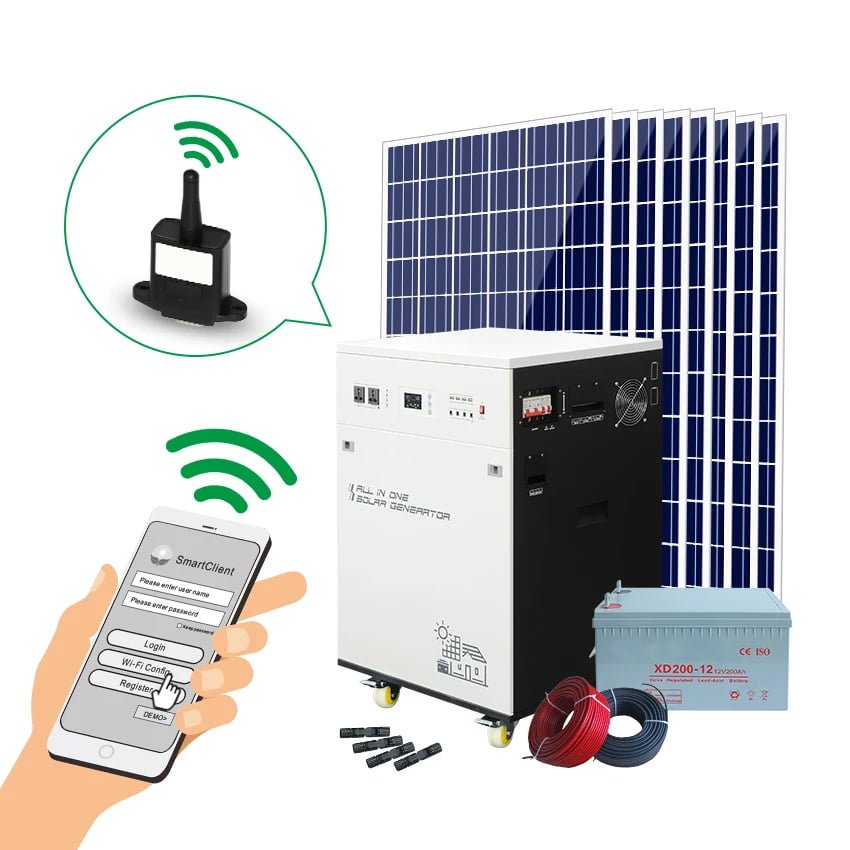
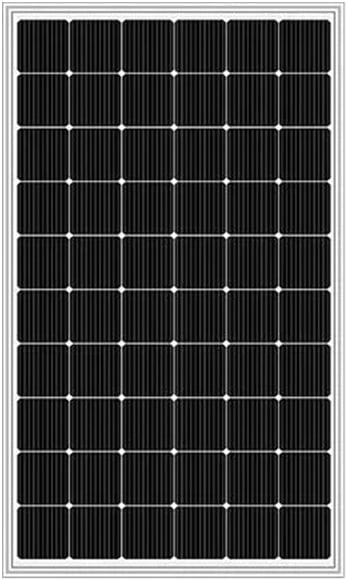
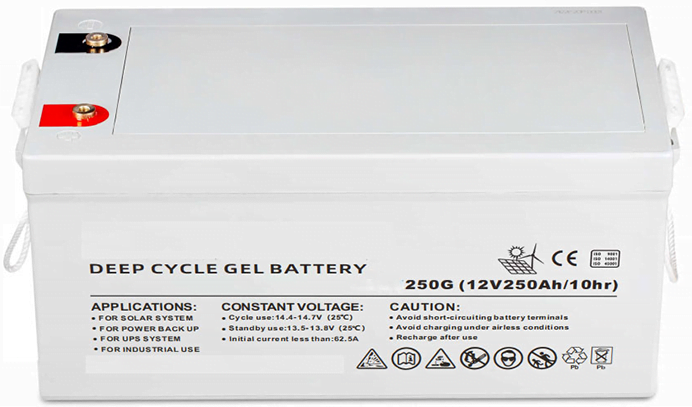
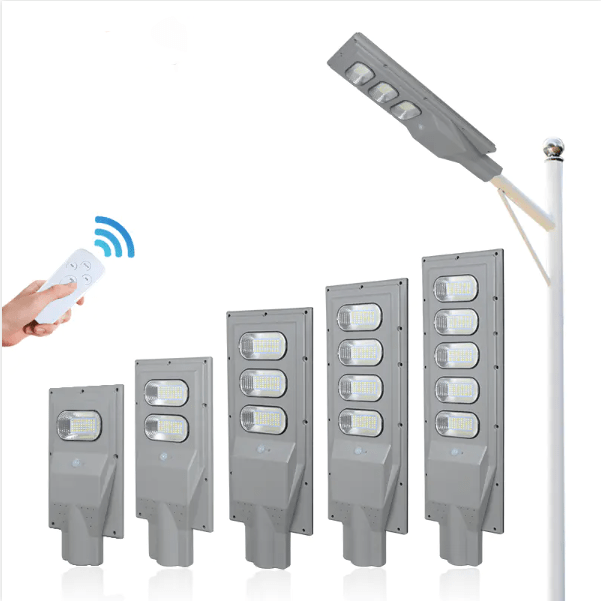
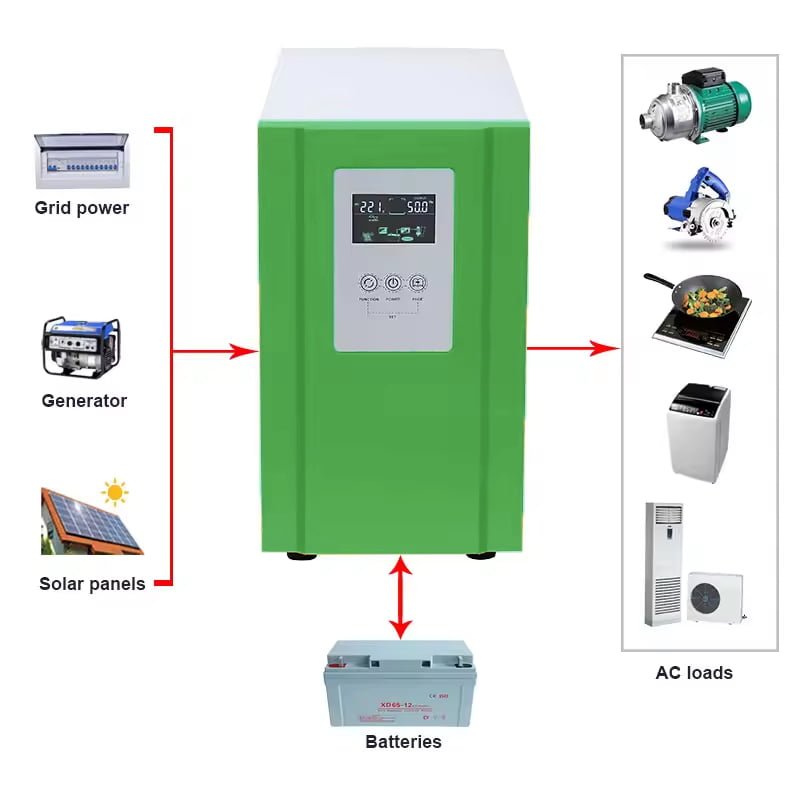
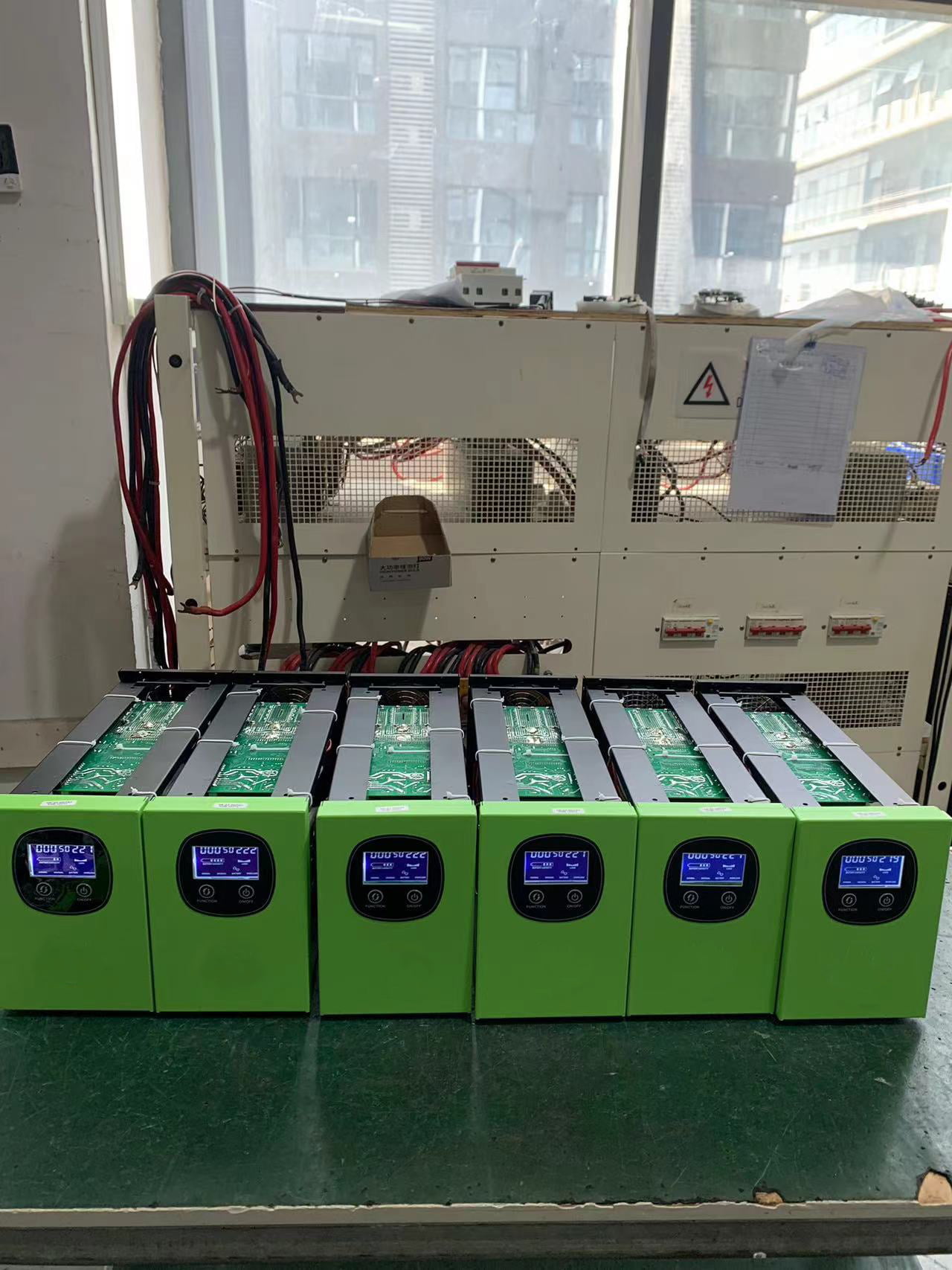
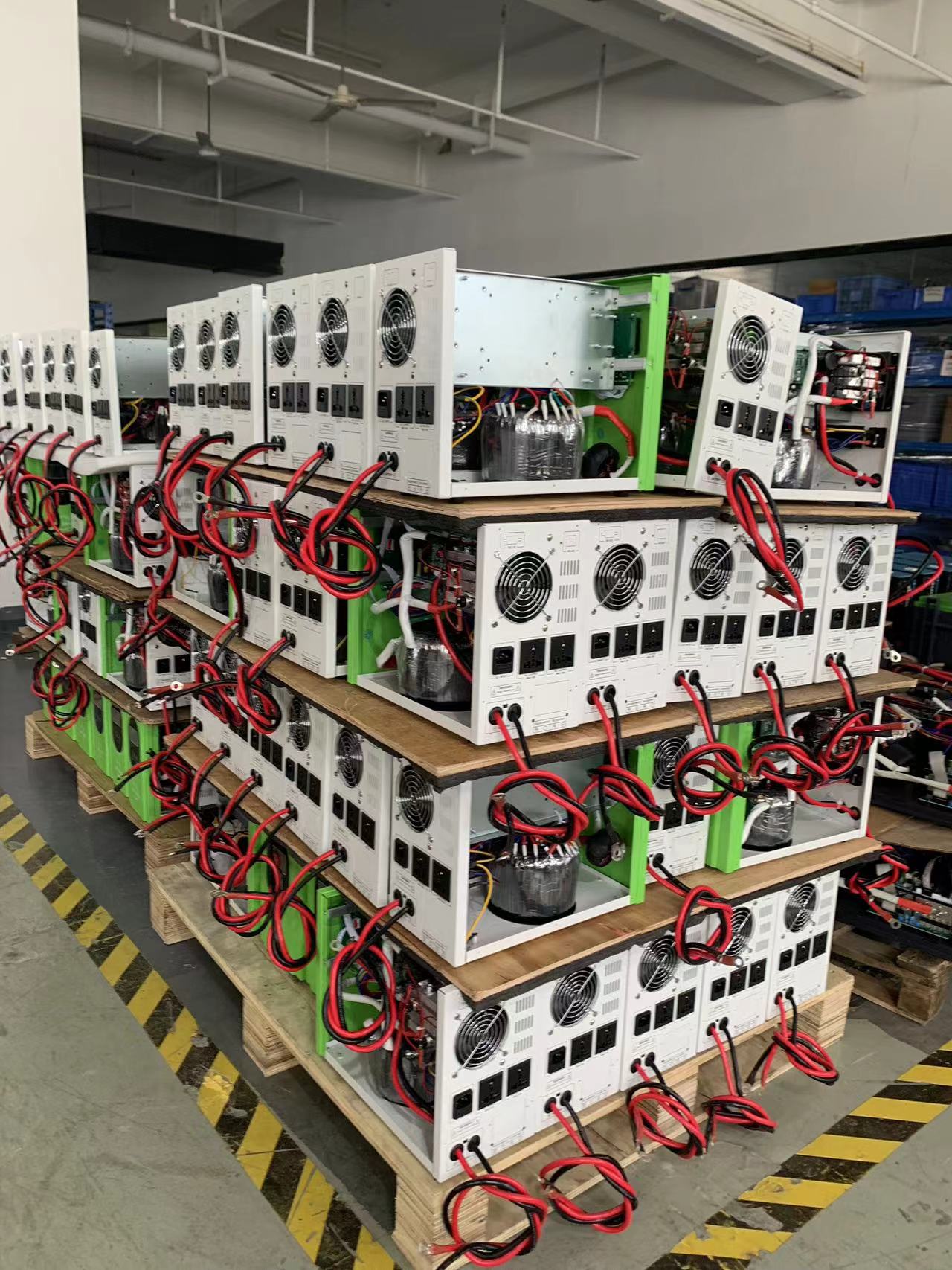
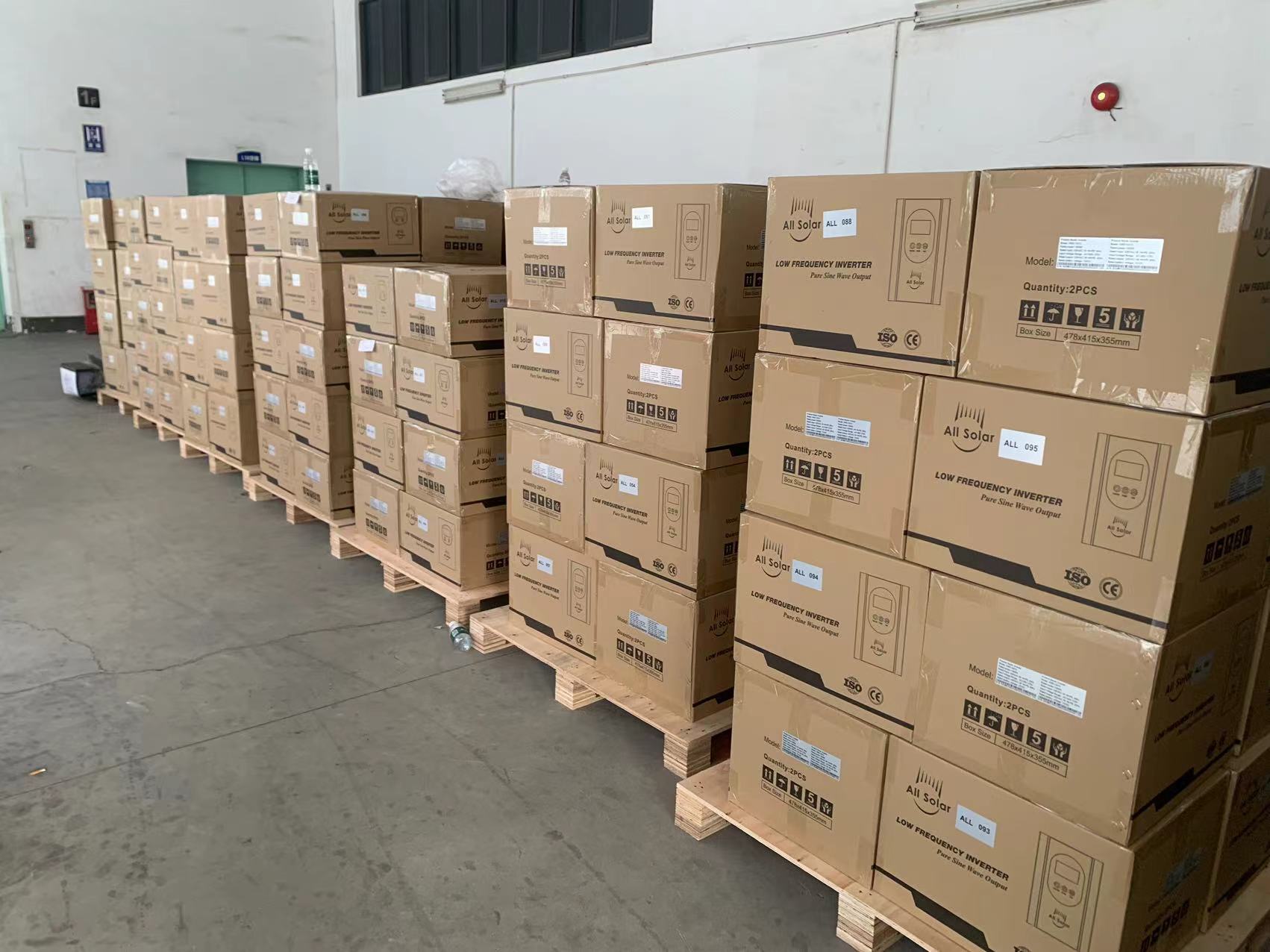
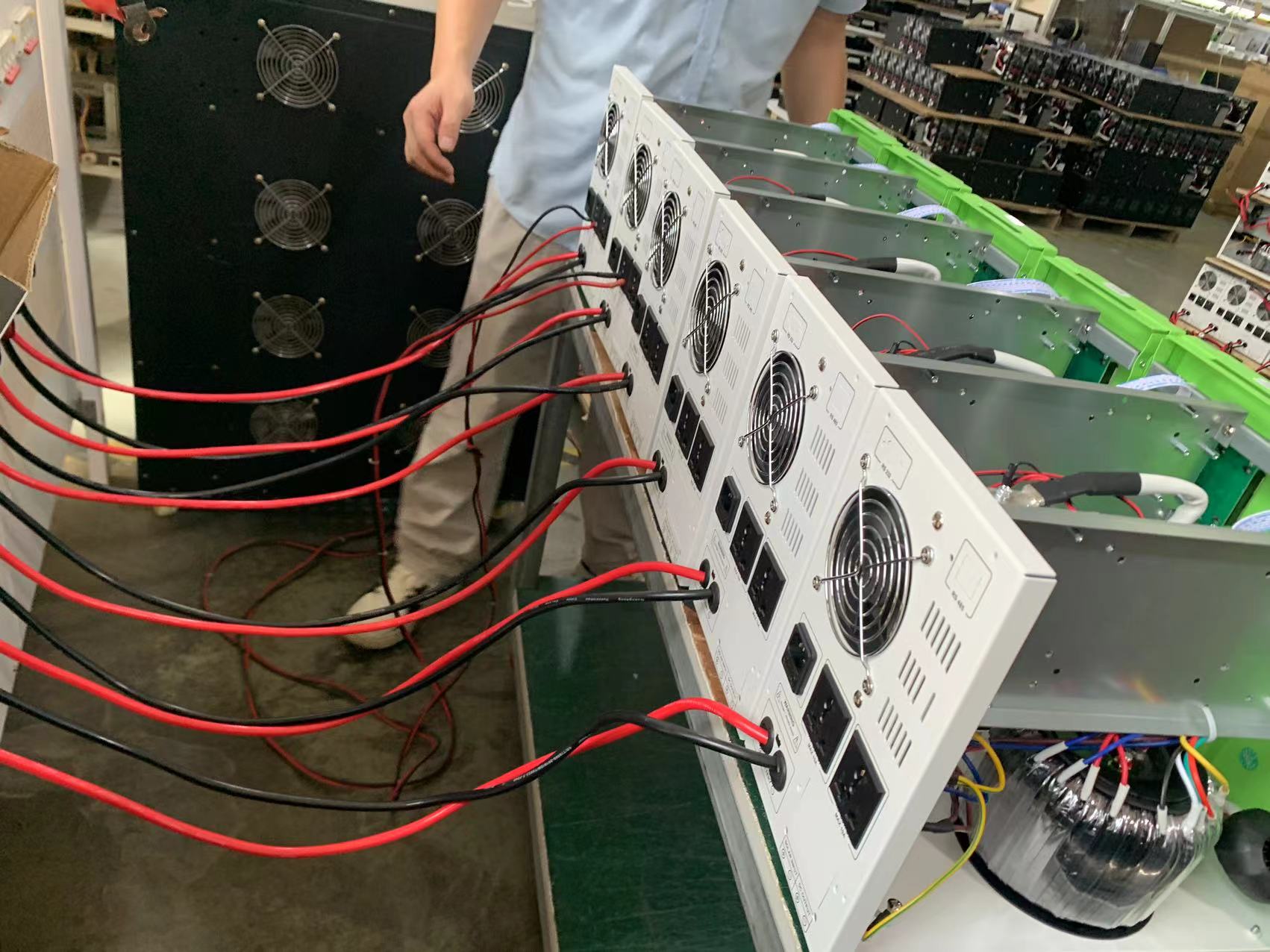
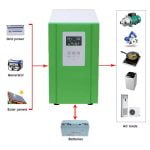
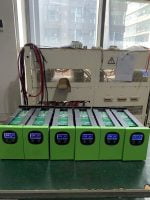
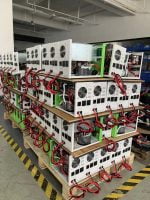
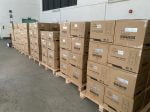
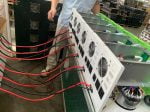

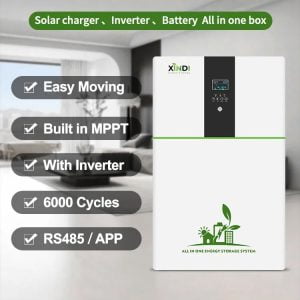
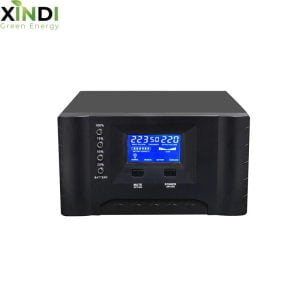

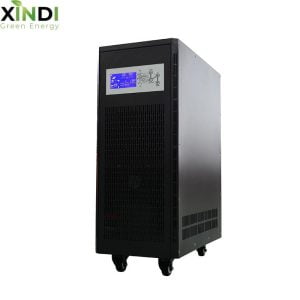
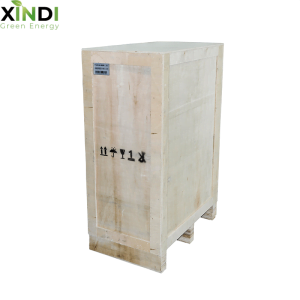
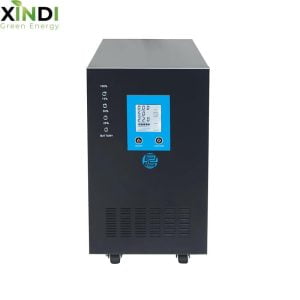
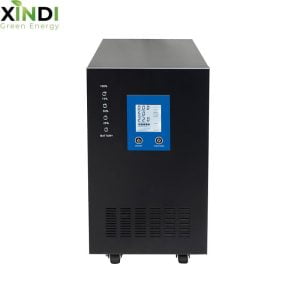
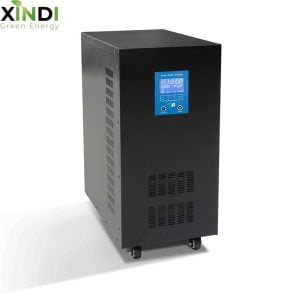


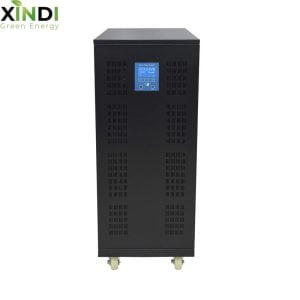
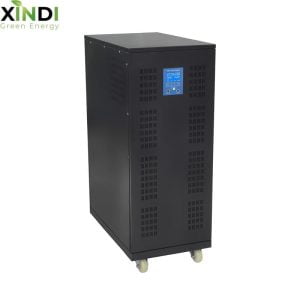
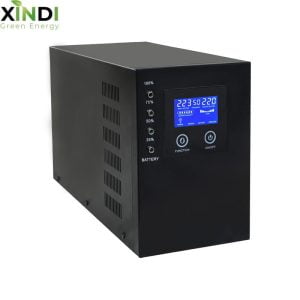

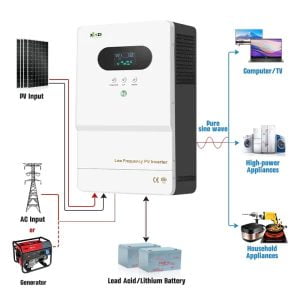
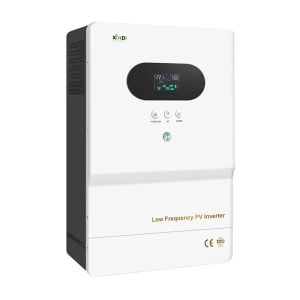
Avis
Il n’y a pas encore d’avis.